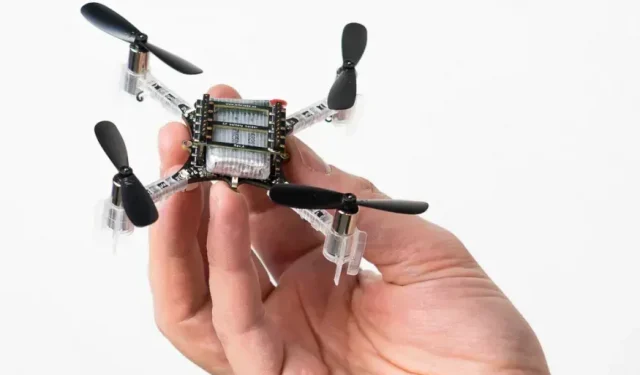Echolocation could give small robots the ability to find missing people

A simple and inexpensive echolocation system for small robots. Ideal for small drones in rescue missions.
Scientists and roboticists often draw inspiration from nature to develop new features for their machines. Now researchers at the University of Toronto have taken inspiration from bats and other animals that use echolocation to develop a method that would allow small robots to move around on their own, without the need for expensive equipment or large and/or heavy components.
A simple and inexpensive echolocation system for small robots
According to PopSci, the team used the built-in audio components of a small robot and developed an extension with an inexpensive microphone and speakers to create a small drone that fits in the palm of your hand.
Their system works like bat echolocation. It was designed to emit sounds at different frequencies, which are picked up by the robot’s microphone as they bounce off the environment. An algorithm developed by the team then analyzes these sound waves to create a map of the dimensions of the room, if any.
Ideal for small drones in rescue missions
In an article published in the journal IEEE Robotics and Automation Letters, the researchers explain that “active echolocation algorithms [existing] are less advanced and often use equipment that cannot be used for small robots.”They add that their “method is model-based, works in real time, and requires no calibration or pre-training.”Their solution could give small machines the ability to go on search and rescue missions or to uncharted places inaccessible to larger robots. And since this system requires only audio equipment or a few very inexpensive components, the possible applications are many and varied.
The scientists found during their testing that their method is still not as accurate as systems using larger and more expensive equipment such as GPS sensors or cameras. However, they hope to improve the fidelity in future versions and no longer need to generate sounds. Instead, they would like their system to take advantage of echolocation along with the sounds that the drone itself makes, such as the sound of its rotor blades.
Leave a Reply